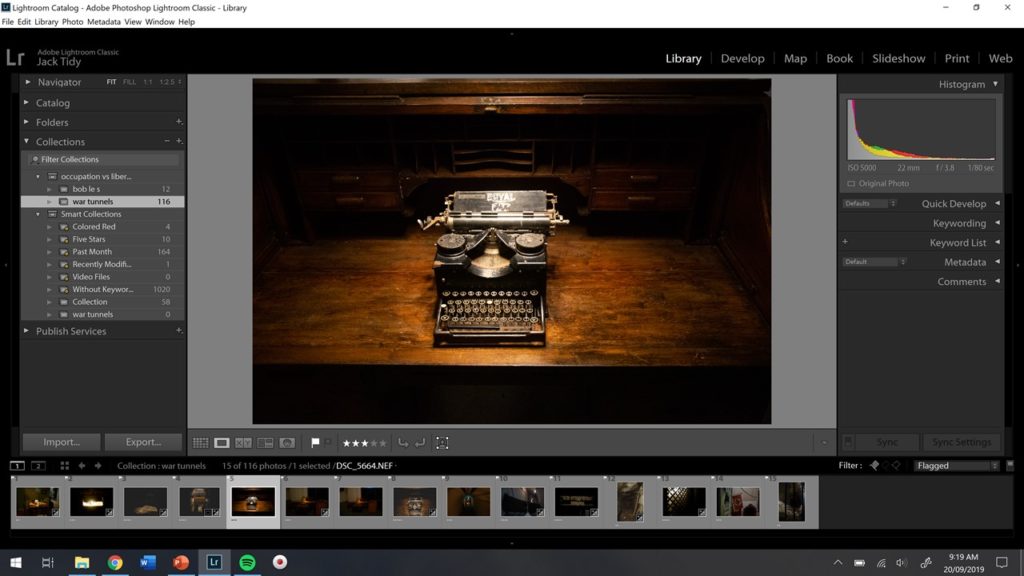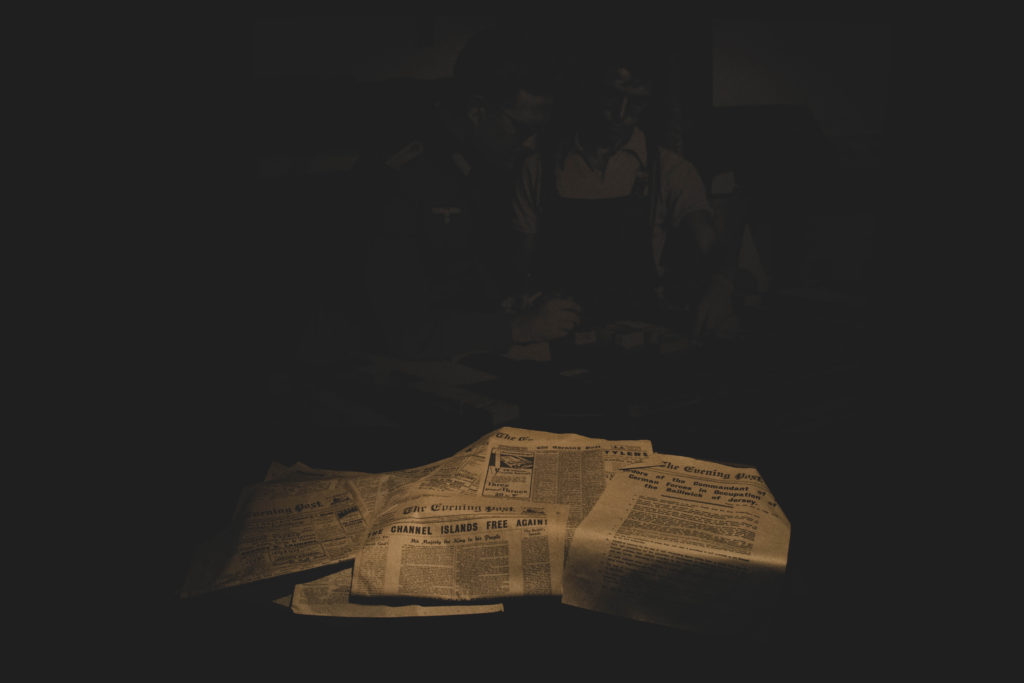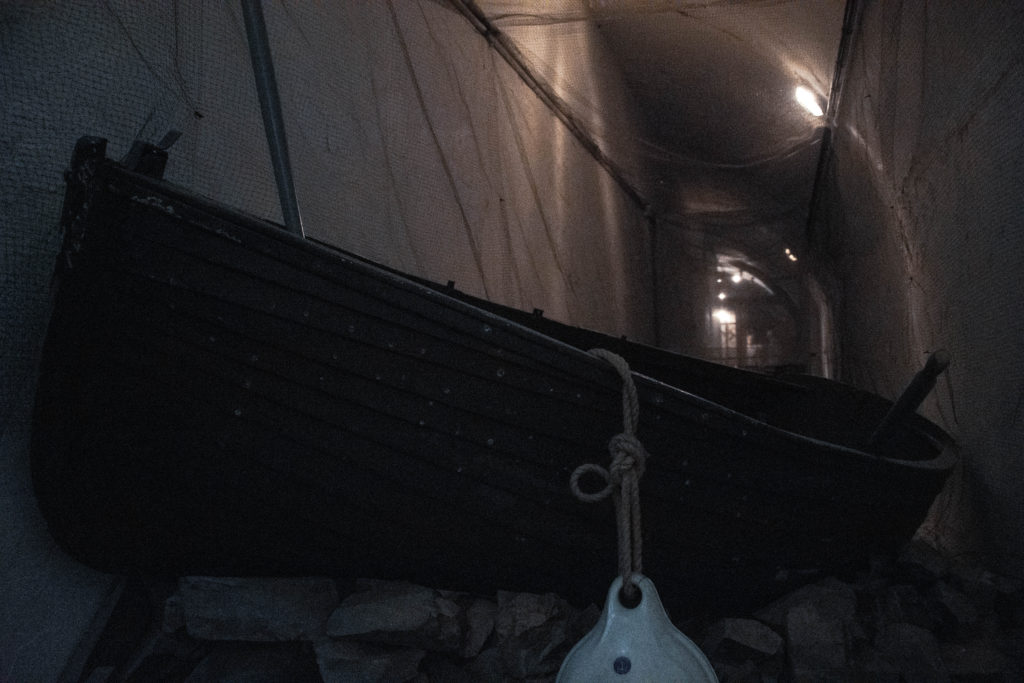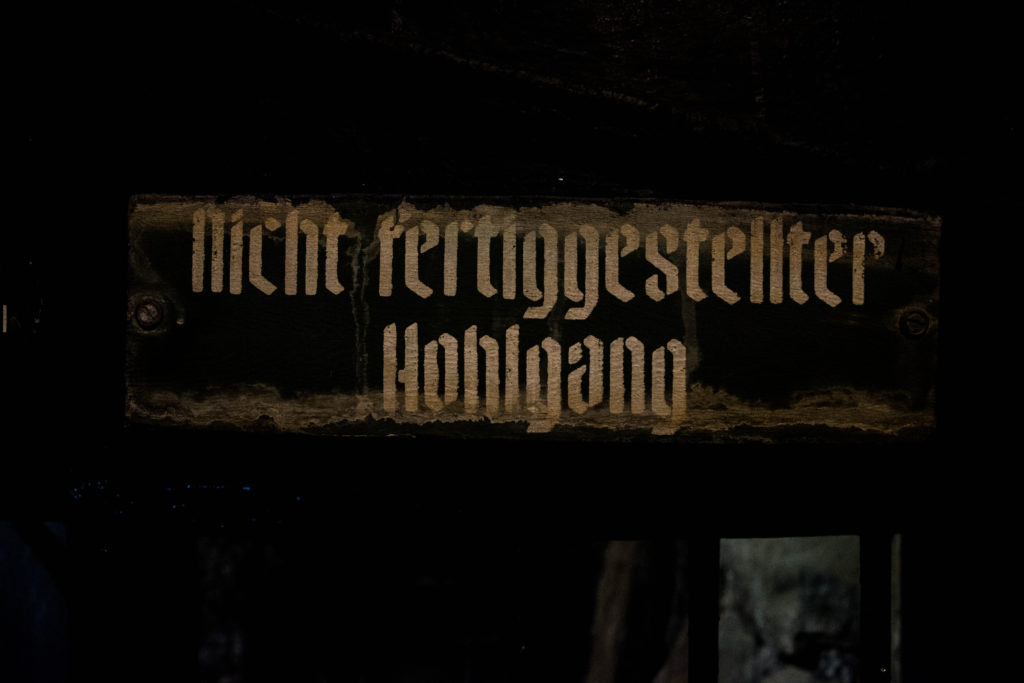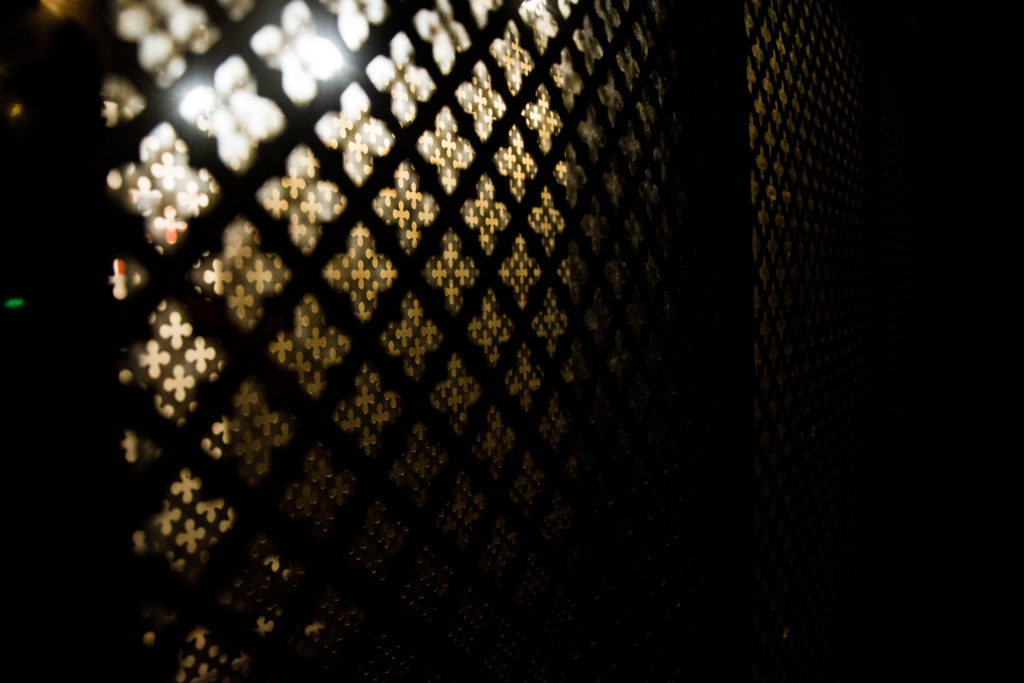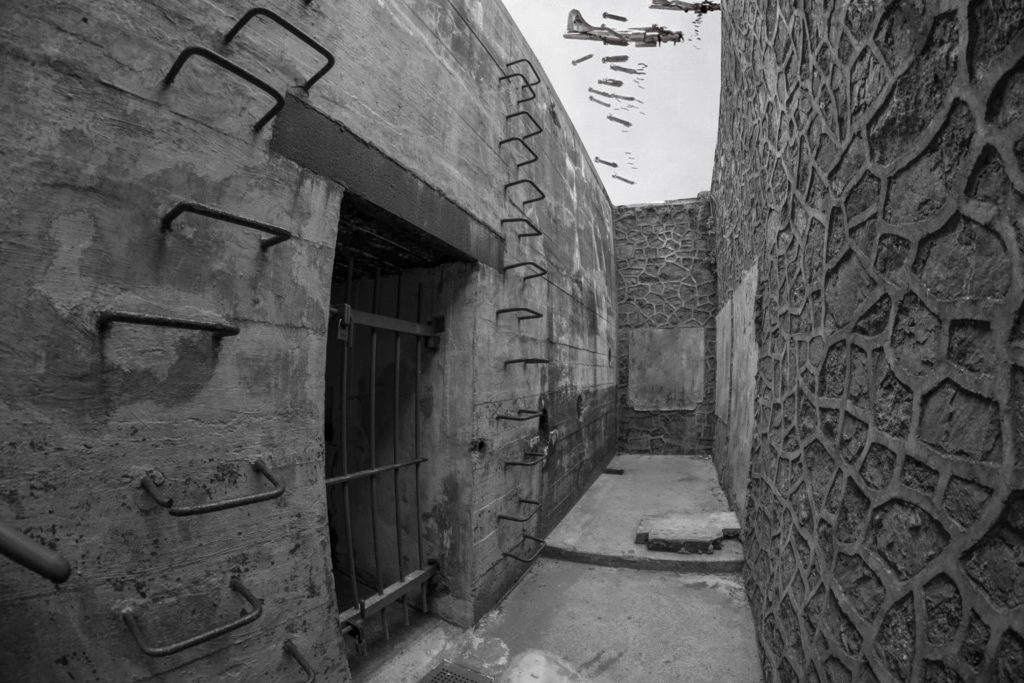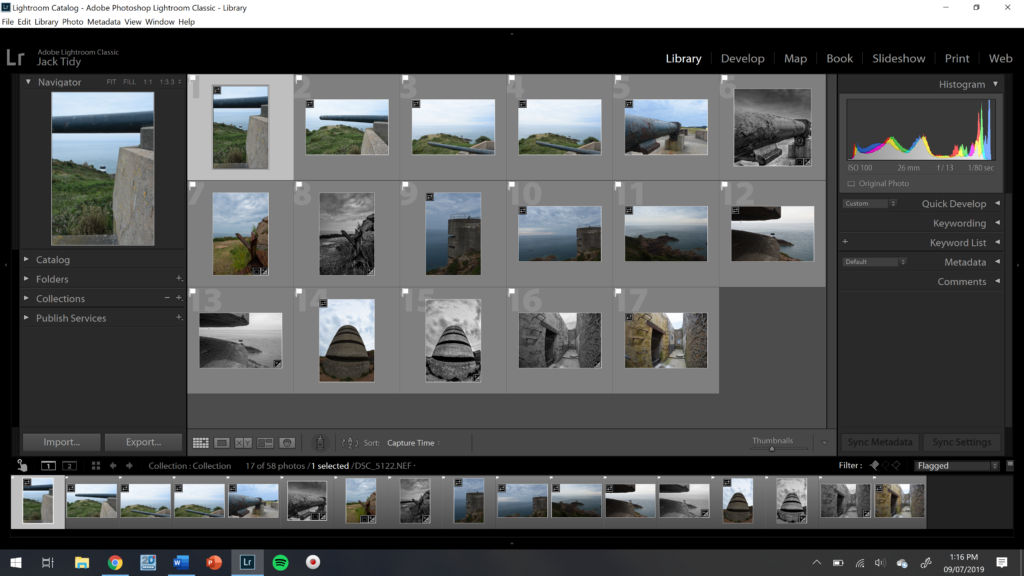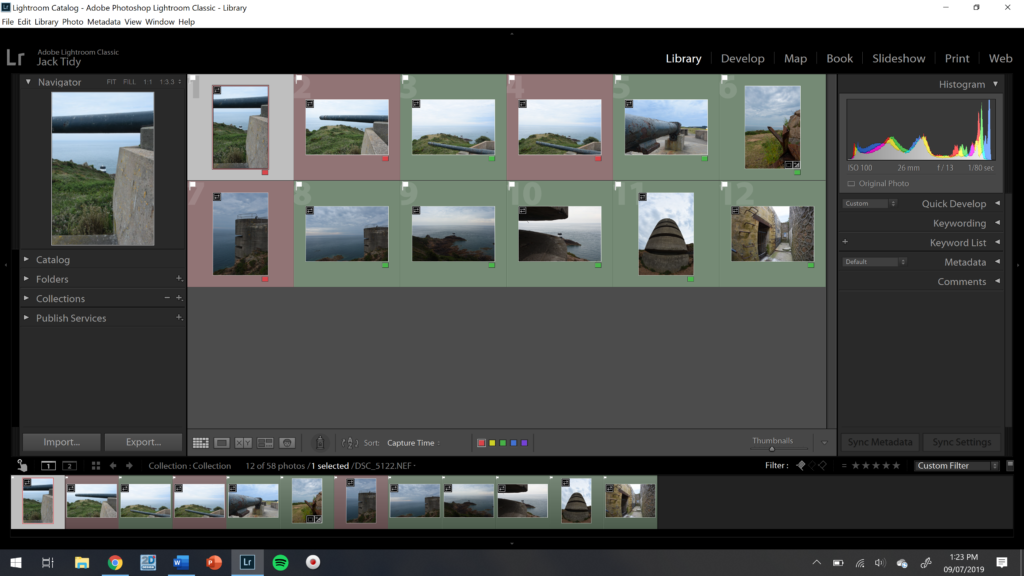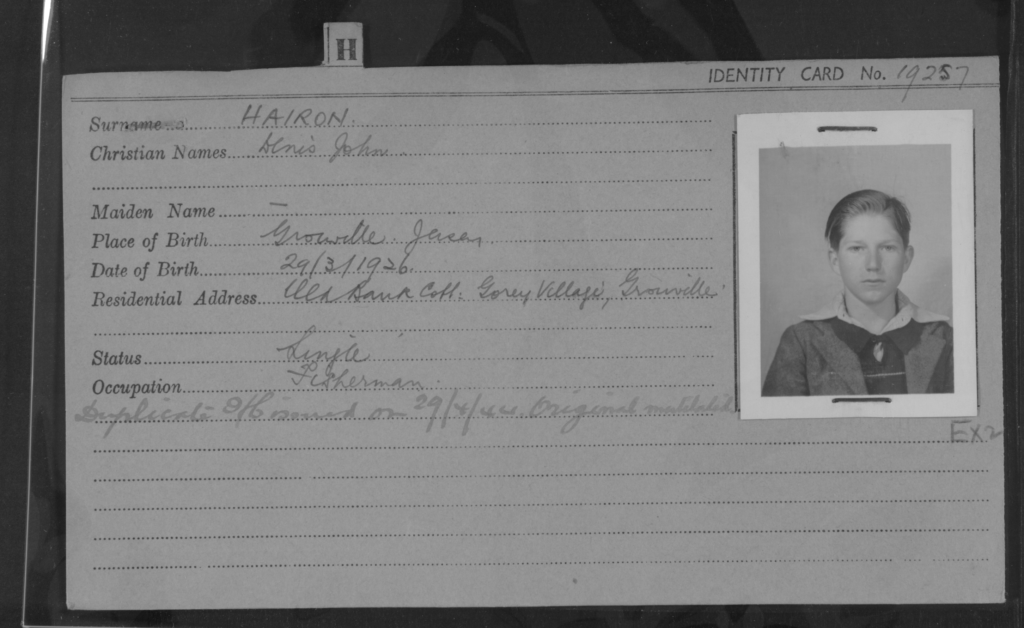The first practicable and reliable method of colour photography was the autochrome process, invented in France by Auguste and Louis Lumière. They began the commercial sale of autochrome plates in the early 20th century.
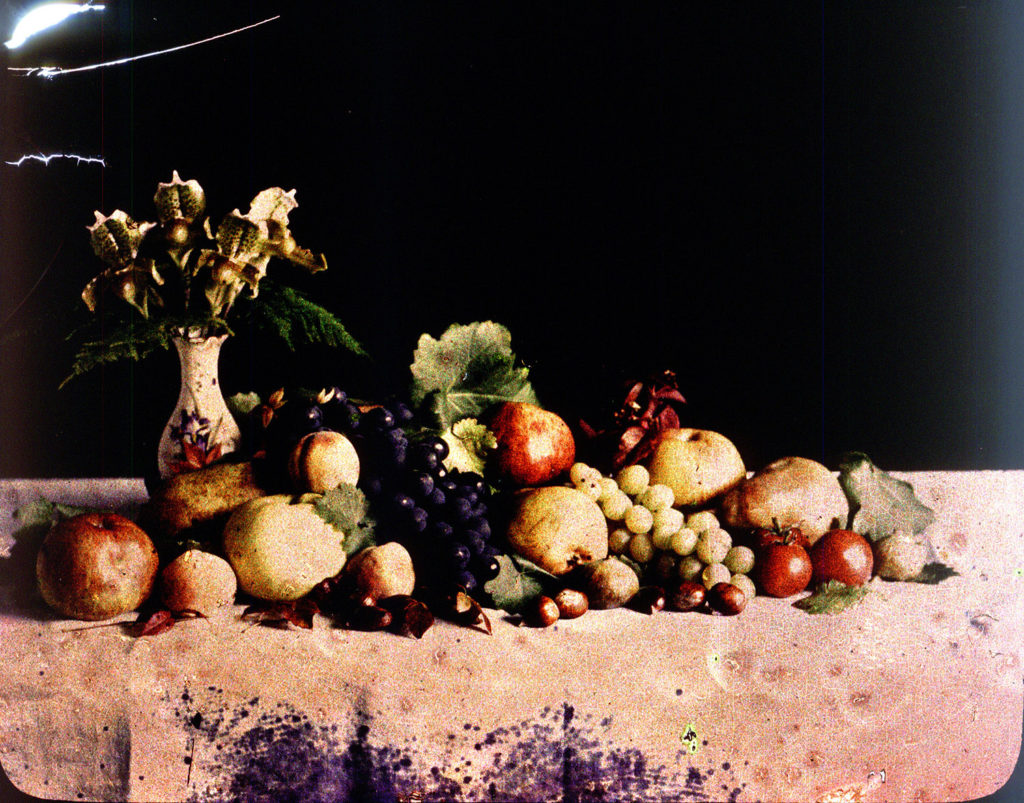
Autochrome plates are covered in microscopic red, green and blue coloured potato starch grains. When the photograph is taken, light passes through these colour filters to the photographic emulsion. The plate is processed to produce a positive transparency. Light, passing through the coloured starch grains, combines to recreate a full colour image of the original subject.
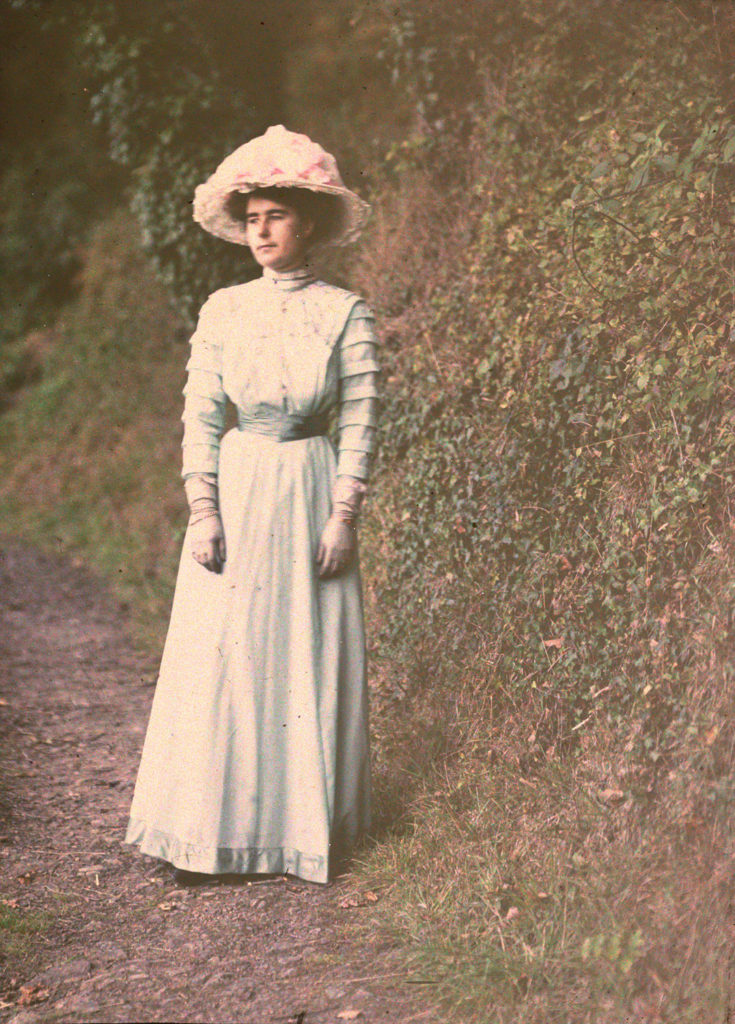
The manufacture of autochrome plates was undertaken at the Lumière factory in Lyon, and was a complex industrial process. First, transparent starch grains were passed through a series of sieves to isolate grains between ten and fifteen microns in diameter. These microscopic starch grains were separated into batches, dyed red, green and violet, mixed together and then spread over a glass plate coated with a sticky varnish. Next, carbon black was spread over the plate to fill in any gaps between the coloured starch grains. A roller submitted the plate to a pressure of five tons per square centimetre in order to spread the grains and flatten them out. Finally, the plate was coated with a panchromatic photographic emulsion.




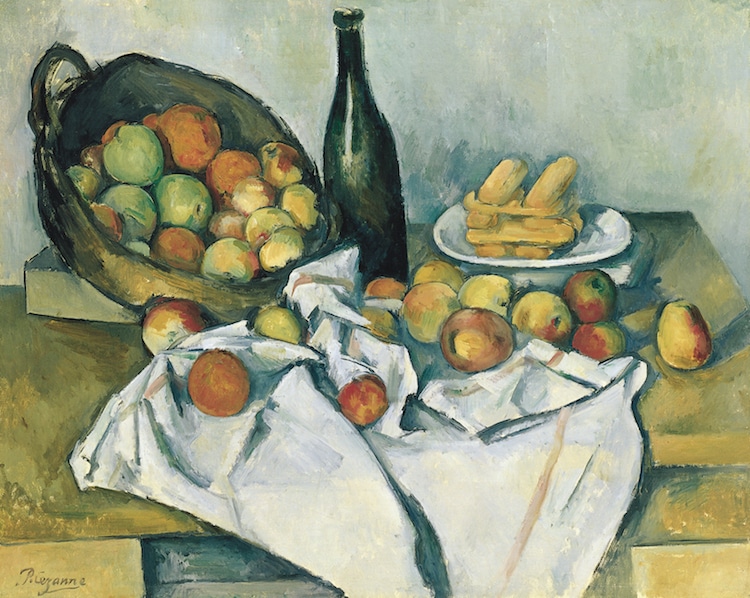
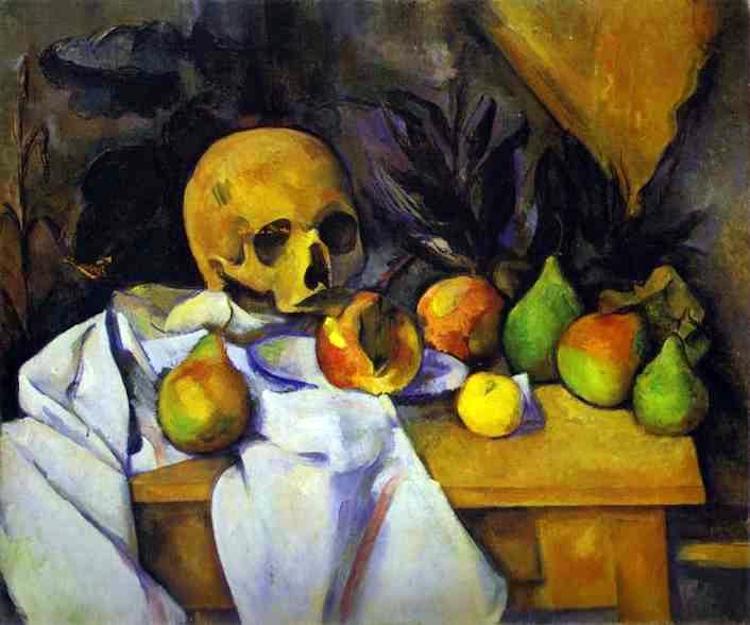





/arc-anglerfish-arc2-prod-jerseyeveningpost-mna.s3.amazonaws.com/public/DY3DU5ZAERCKNC7TOXBRBGY2DM.jpg)



